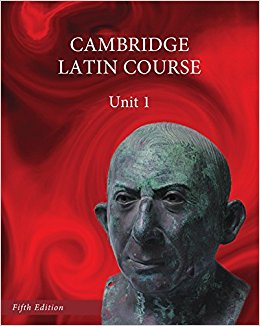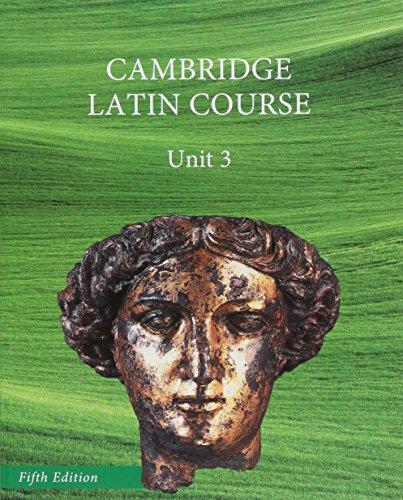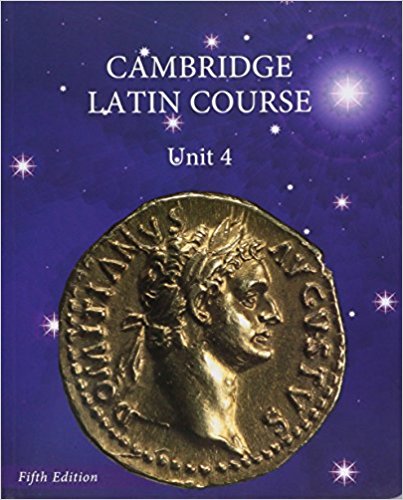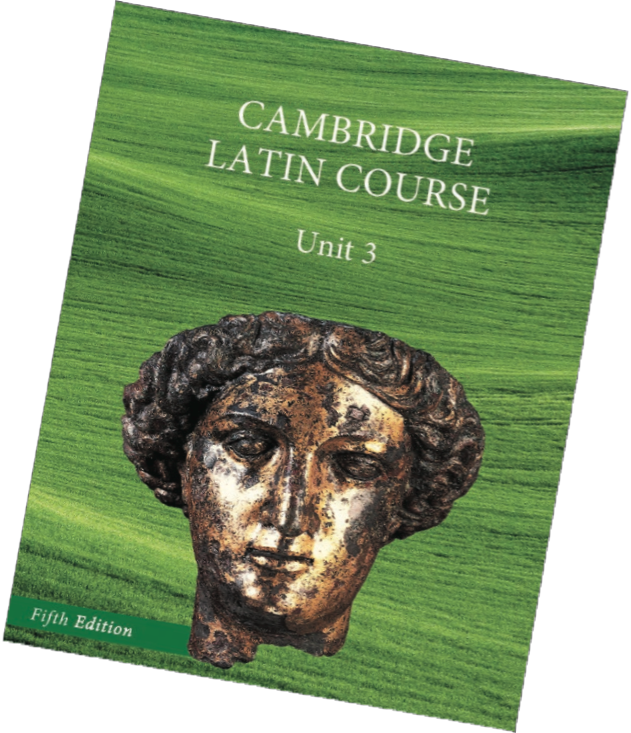At last, we meet the man in charge of running the Roman province of Britain. He's a popular leader and a successful general - he is Agricola! But, as he discovers, all is not well in camp...
Digital Activities
These sections have been moved to the Cambridge Elevate platform. Please click below to go to Elevate. Elevate
WebBooks
The Stories
Practising the Language
Please note: the Cultural Background weblinks section has been removed.






















































 CSCP on Twitter
CSCP on Twitter